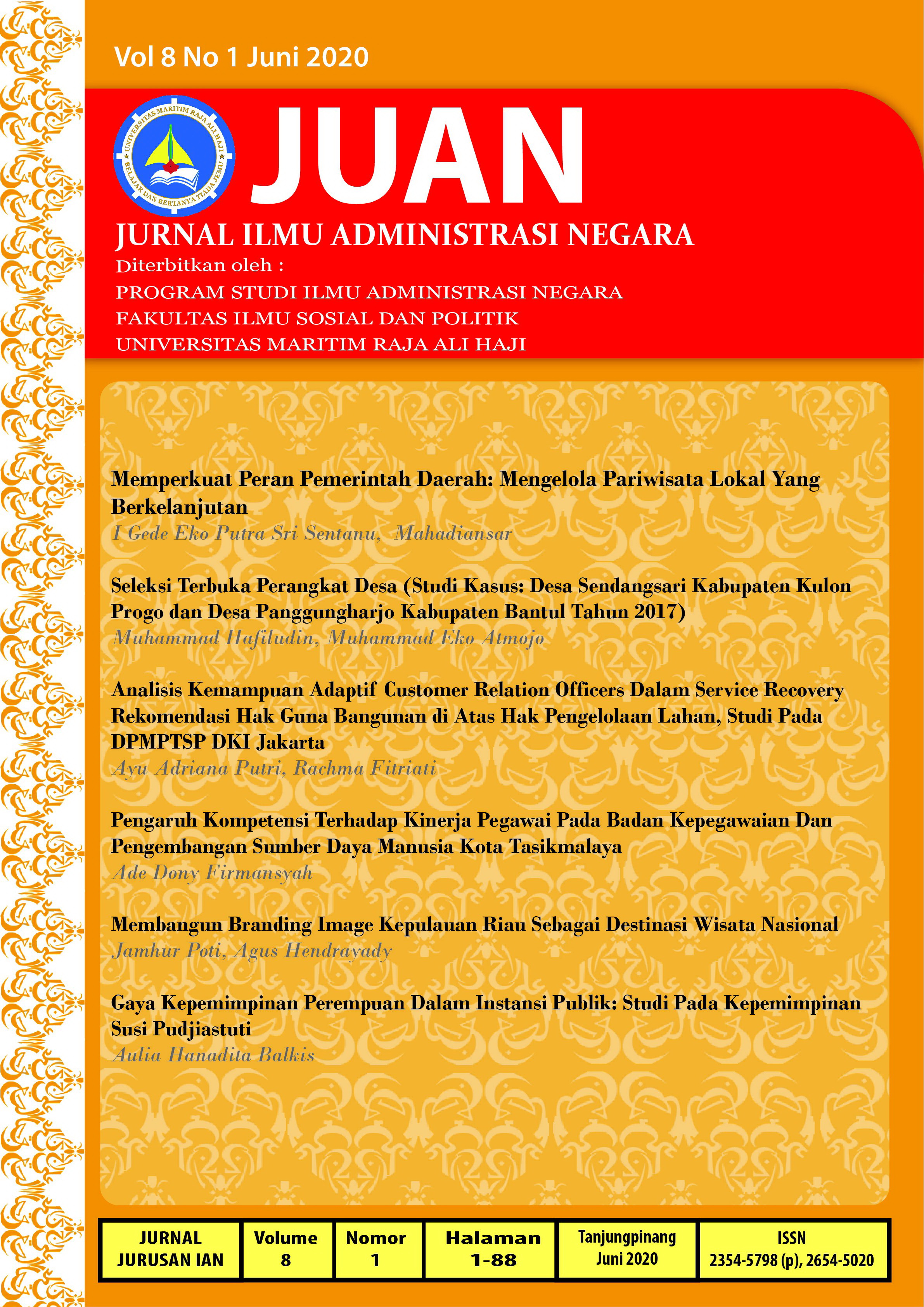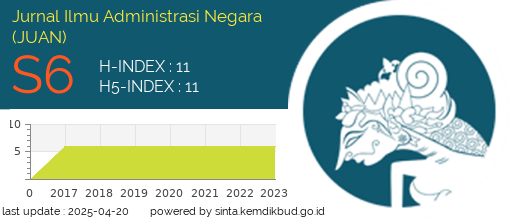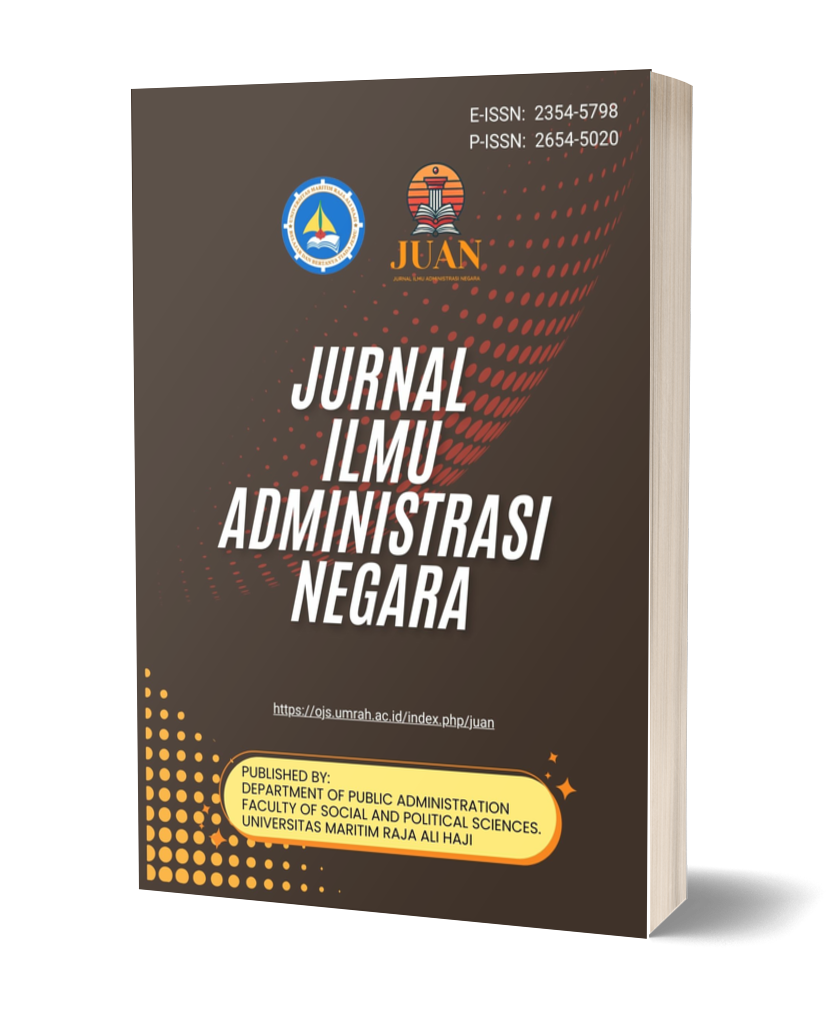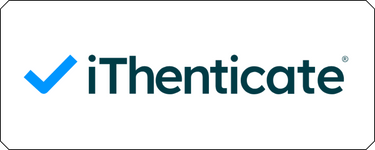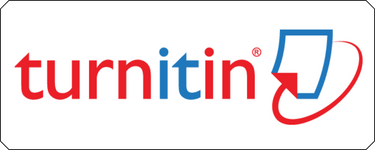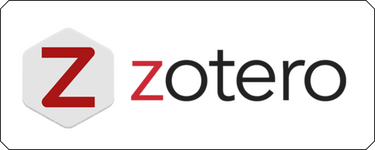Pengaruh Kompetensi Terhadap Kinerja Pegawai Pada Badan Kepegawaian dan Pengembangan Sumber Daya Manusia Kota Tasikmalaya
DOI:
https://doi.org/10.31629/juan.v8i1.2163Keywords:
Competency, Performance, Employees.Abstract
In order to answer strategic issues and achieve the vision and mission of the Human Resources Development and Human Resources Agency of Tasikmalaya City Agency requires high employee performance. Employee performance problems that are still not optimal can be seen from the reliability of work is still low, employees do not complete the tasks given on time, employees do not work according to the set working hours, employees do not cooperate with colleagues. These performance problems require increased competence from employees of the Tasikmalaya City Human Resources and Human Resources Development Agency to be in line with the vision and mission to be achieved This study aims to determine the effect of competition on employee performance in the Human Resources Development and Human Resources Agency of Tasikmalaya City, with the research method used explanatory research. The respondents of this study are employees at the Human Resources Development and Human Resources Agency of the City of Tasikmalaya. Data analysis technique is done through regression test. Based on the results of the study showed that there was a strong influence between competence on the performance of employees in the Human Resources and Human Resources Development Agency in Tasikmalaya City. The conclusion of this study is that all factors consisting of competencies are achievement and action oriented, helping and serving others, the ability to influence and create impact, managerial ability, cognitive ability and personal effectiveness have an influence on employee performance in the Personnel Agency and Resource Development Human City of Tasikmalaya.
Downloads
References
Mathis, R.L. & J.H. Jackson. 2006,. Human Resource Management: Manajemen Sumber Daya Manusia. Terjemahan Dian Angelia. Jakarta: Salemba Empat.
Moeheriono. 2012. Pengukuran Kinerja Berbasis Kompetensi. Jakarta: PT Raja Grafindo Persada.
Noe, R A. 2002. Employee Training and Development. Second Edition. New York: McGraw-Hill Irwin.
Prihadi, S.F. 2004. Assessment Centre: Identifikasi, Pengukuran dan Pengembangan Kedisiplinan Dosen. Jakarta: PT Gramedia Pustaka Utama.
Ramelan. 2005. Teknik Penilaian Berbasis Kompetensi. Jakarta: Gramedia.
Riduwan. 2010. Dasar-dasar Statistika. Bandung: Alfabeta
Rivai V & Ahmad F. 2005. Performance Appraisal Sistem Yang Tepat Untuk Menilai Kinerja Karyawan Dan Meningkatkan Daya Saing Perusahaan.. PT. Raja Grafindo Persada, Jakarta.
Robbins SP. 2013. Perilaku Organisasi. Jakarta: Salemba Empat.
Sedarmayanti.2009. Sumber Daya Manusia dan Produktivitas Kerja. Bandung: CV Mandar Maju.
Sedarmayanti. (2012). Manajemen dan Komponen Terkait Lainnya. Bandung: Refika Aditama.
Simamora, H. 2004. Manajemen Sumber Daya Manusia. Cetakan Pertama. Yogyakarta: STIE YKPN.
Soeprihanto, J. 2007. Penilaian Kinerja dan Pengembangan Karyawan, Yogyakarta : Universitas Gadjah Mada
Sudarmanto. 2019. Kinerja dan Pengembangan Kompetensi SDM Teori, Dimensi, danImplementasi dalam Organisasi. Cetakan Ketiga. Yogyakarta: Pustaka Pelajar.
Dharma, S. 2012. Manajemen Kinerja Falsafah Teori dan Penerapannya . Yogyakarta: Pustaka Pelajar.
Sugiyono.2011. Metode Penelitian; Kuantitatif , Kualitatif dan R&D . Bandung : Alfabeta
Sutrisno, E. 2011. Manajemen Sumber Daya Manusia. Jakarta: Kencana.
Suwatno. & Priansa, D. 2011. Manajemen SDM dalam organisasi Publik dan Bisnis. Bandung: Alfabeta.
Wibowo. 2012. Manajemen Kinerja. Edisi Ketiga. Jakarta: PT Raja Grafindo Persada.
Wirawan. 2009. Evaluasi Kinerja Sumber Daya Manusia Teori, Aplikasi, dan Penelitian. Jakarta: Salemba Empa
Downloads
Published
Issue
Section
License
You are free to:
- Share — copy and redistribute the material in any medium or format for any purpose, even commercially.
- Adapt — remix, transform, and build upon the material for any purpose, even commercially.
- The licensor cannot revoke these freedoms as long as you follow the license terms.
Under the following terms:
- Attribution — You must give appropriate credit, provide a link to the license, and indicate if changes were made . You may do so in any reasonable manner, but not in any way that suggests the licensor endorses you or your use.
- ShareAlike — If you remix, transform, or build upon the material, you must distribute your contributions under the same license as the original.
- No additional restrictions — You may not apply legal terms or technological measures that legally restrict others from doing anything the license permits.

